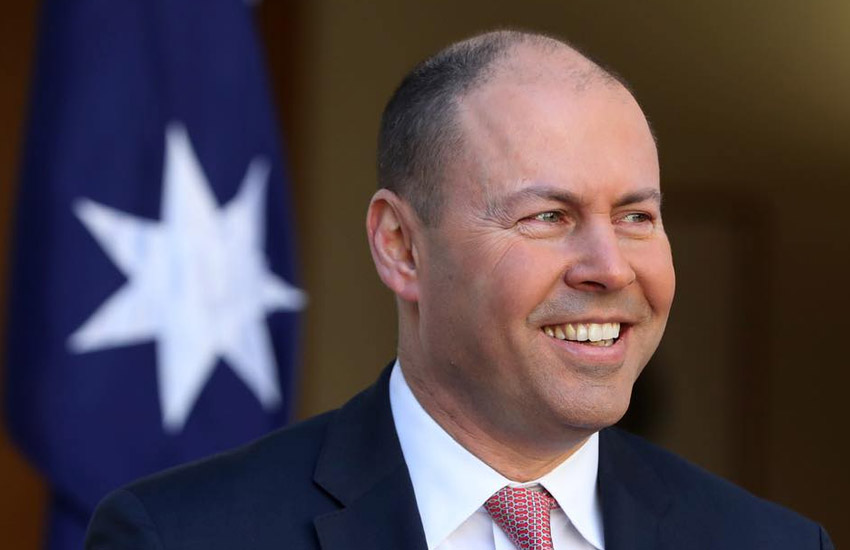“The unemployment rate is now 0.2 percentage points, or 33,000 people, above the start of the pandemic,” said Bjorn Jarvis, ABS head of labour statistics. “Importantly, it’s 2.0 percentage points below its peak in July 2020, when it was 7.4 per cent.
“The youth unemployment rate fell to its lowest level since the global financial crisis, reflecting a strong increase in employment for young men, following a number of increases for young women in recent months.”
April’s labour data shows that JobKeeper’s end had no “discernible impact on employment” between March and April.
“We have not seen large changes in the indicators that would suggest a clear JobKeeper impact, such as an increase in people working reduced or zero hours for economic reasons or because they were leaving their job,” Mr Jarvis said.
“We also haven’t seen large net flows out of employment across many population groups.”
Speaking from Hobart, where he spent the day with Tasmanians as part of his federal budget tour, Treasurer Josh Frydenberg said the new figures show that the Morrison government’s economic plan is working.
“Beating market expectations, today unemployment fell to 5.5 per cent,” Mr Frydenberg said. “This is the seventh consecutive month where unemployment has fallen. Underemployment has fallen to its lowest level in seven years, and we have seen youth unemployment fall to its lowest level in 12 years.
“Now we have to bear in mind that these job numbers came after the end of JobKeeper, a program that had supported 3.8 million Australians, and the ABS have said in today’s statement that the end of JobKeeper did not have a major discernible impact on the job numbers.
“And that, again, underlines the strength of Australia’s economic recovery.”
The participation rate, however, fell by 0.3 percentage points, to 66 per cent. Men recorded a slump in participation of 0.1 percentage point, to 70.8 per cent, while participation among women in the workforce fell 0.5 percentage points, to 61.3 per cent.
The month saw a dip in hours worked, too, which fell by 0.7 percentage points, or 13 million hours, to 1,793 million hours from 1,806 million hours in March.
Hours worked for 2021 remain up, though, and have so far increased by 12.5 per cent, a rate higher than the 5.1 per cent increase in employment.
“Like we saw in January, the number of people taking leave over the Easter public and school holidays was also higher than in the past,” Mr Jarvis said.
The underemployment rate also fell through April. Underemployment for the month fell by 0.2 percentage points to 7.8 per cent, 5.9 percentage points lower than April 2020, and 1.0 percentage point lower than March 2020.
The underutilisation rate also dropped, recording a fall of 0.4 percentage points to 13.3 per cent.
The latest round of ABS labour data ends concerns over the lasting impacts of JobKeeper’s withdrawal, which Treasury secretary Steven Kennedy in March predicted would cost the economy between 100,000 and 150,000 jobs.
The Commonwealth Bank of Australia also earlier predicted up to 110,000 job losses through the end of JobKeeper.
Dr Kennedy on Wednesday conceded the forecast had been overstated in an address to an Australian Business Economists’ lunch on Tuesday, where he said between 16,000 and 40,000 workers on JobKeeper had lost employment after the $90 billion wage subsidy program ended on 28 March.
The figures were drawn from estimates lifted from Single Touch Payroll microdata for the fortnight ended 11 April. Dr Kennedy said that those who had lost their jobs through the end of JobKeeper had not necessarily gone on to JobSeeker or the Youth Allowance.
Both the Treasury and the Reserve Bank of Australia have each revised their unemployment forecasts, unified in predicting an unemployment rate of between 4.75 per cent and 5 per cent by the end of the 2022 financial year.

 Login
Login







